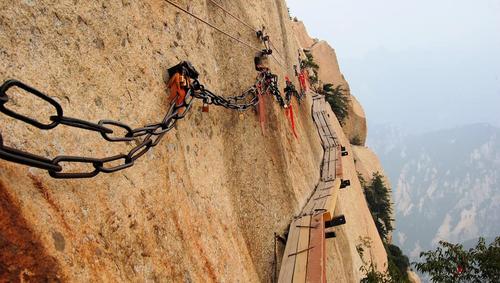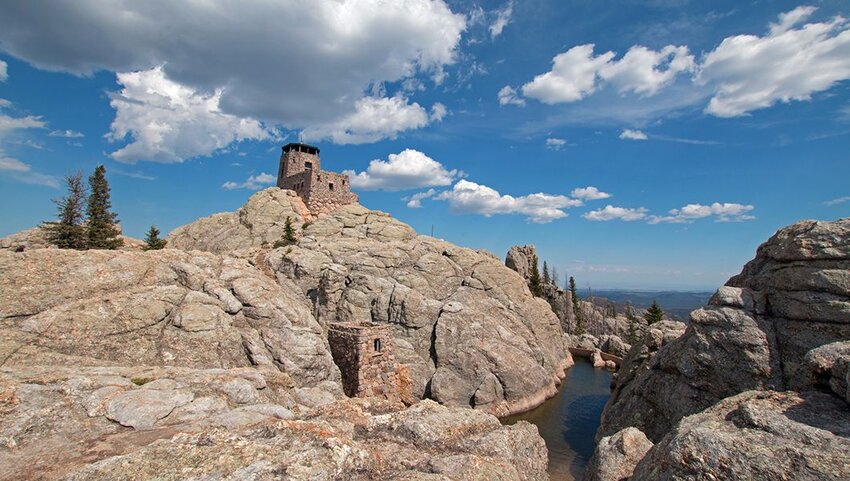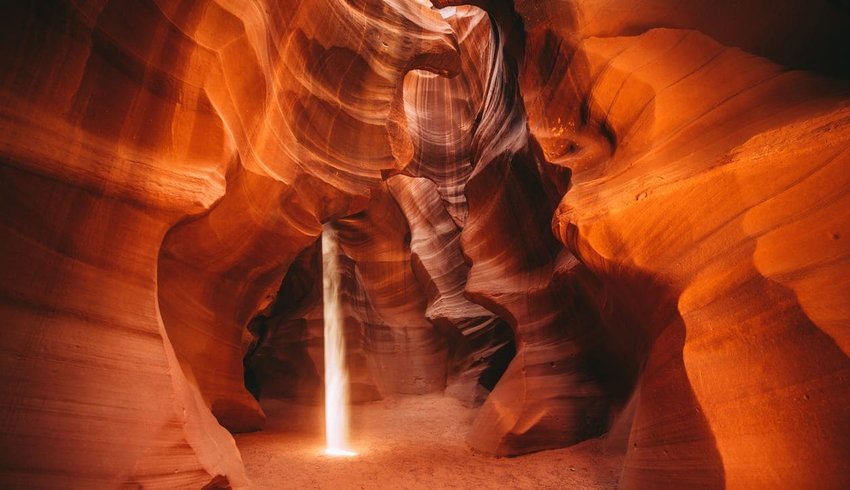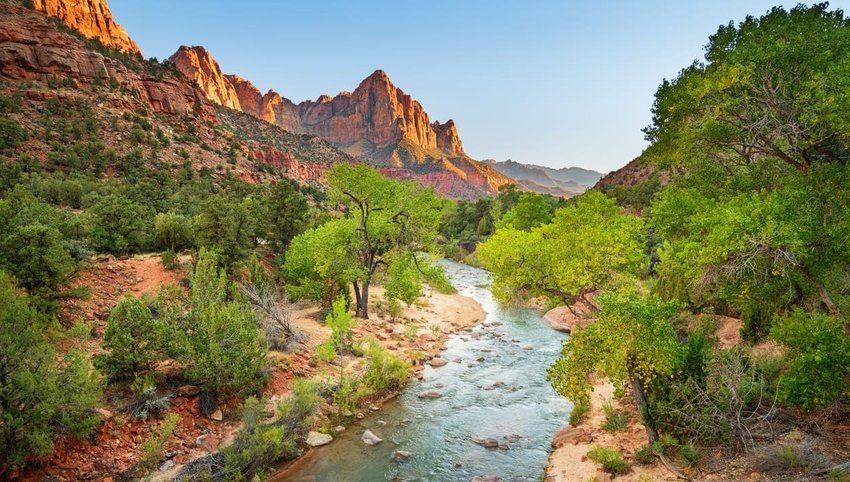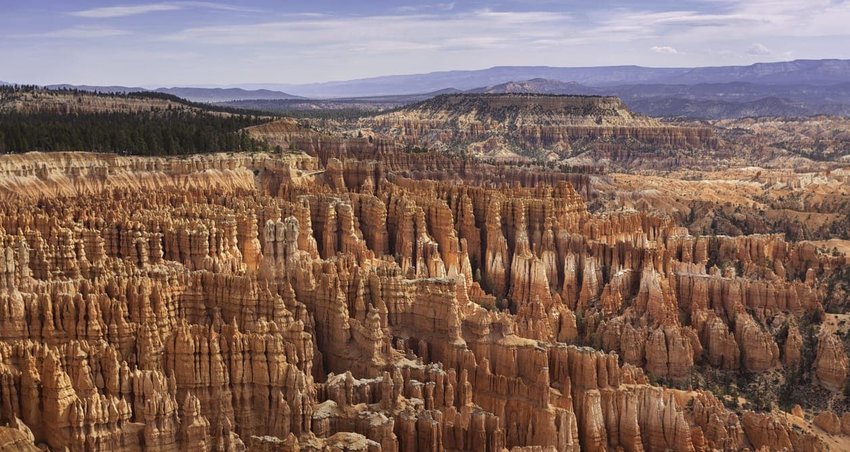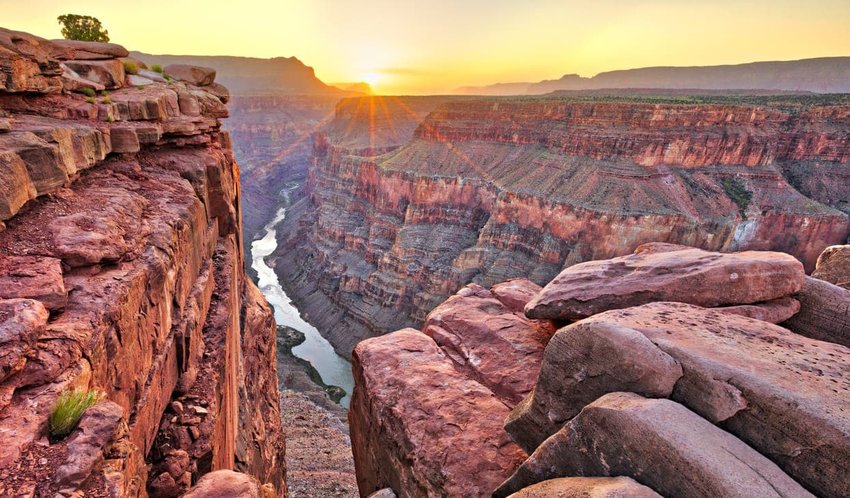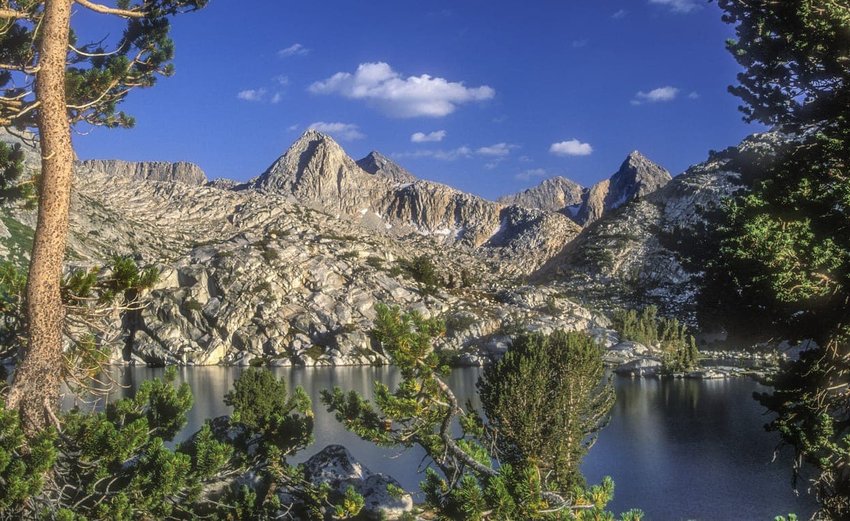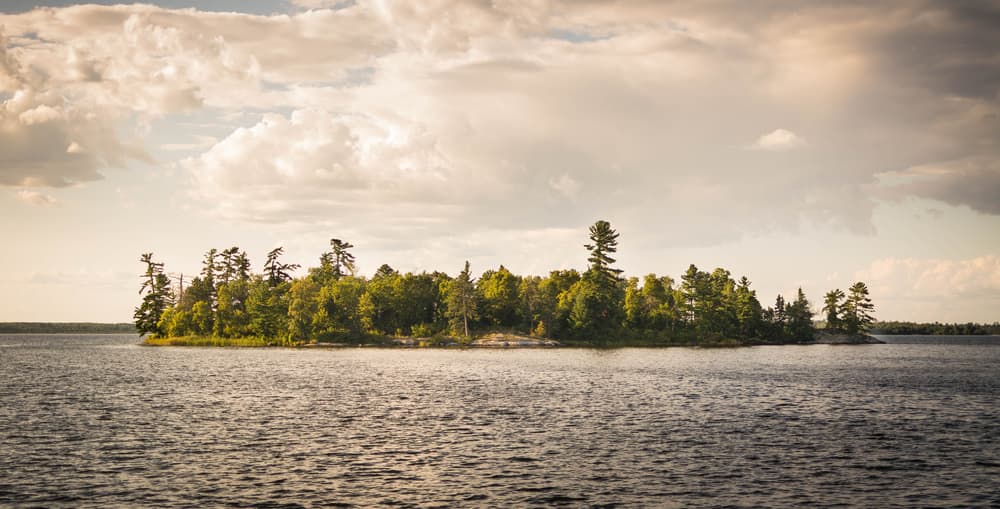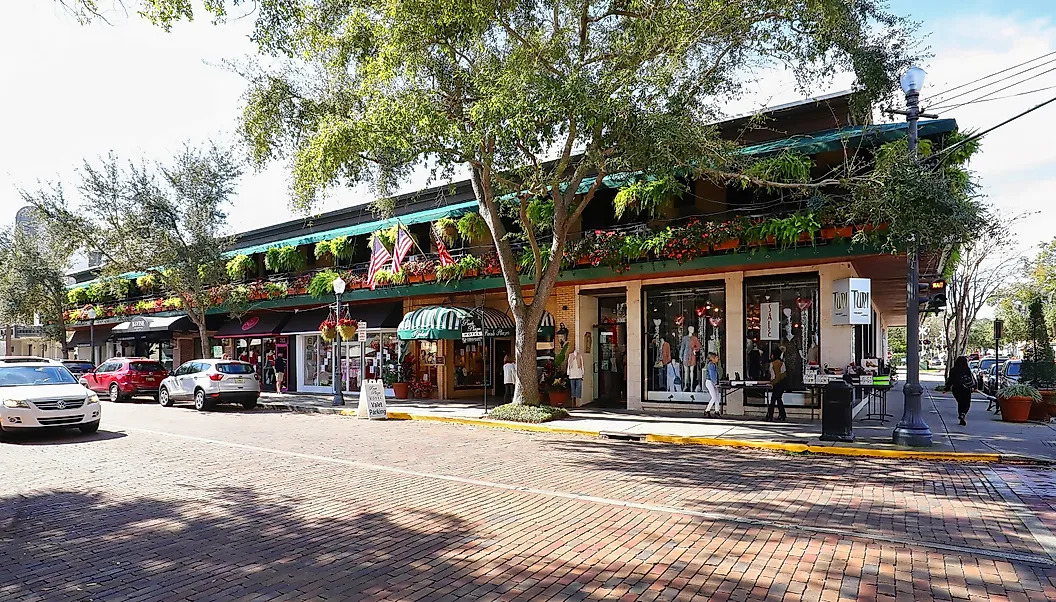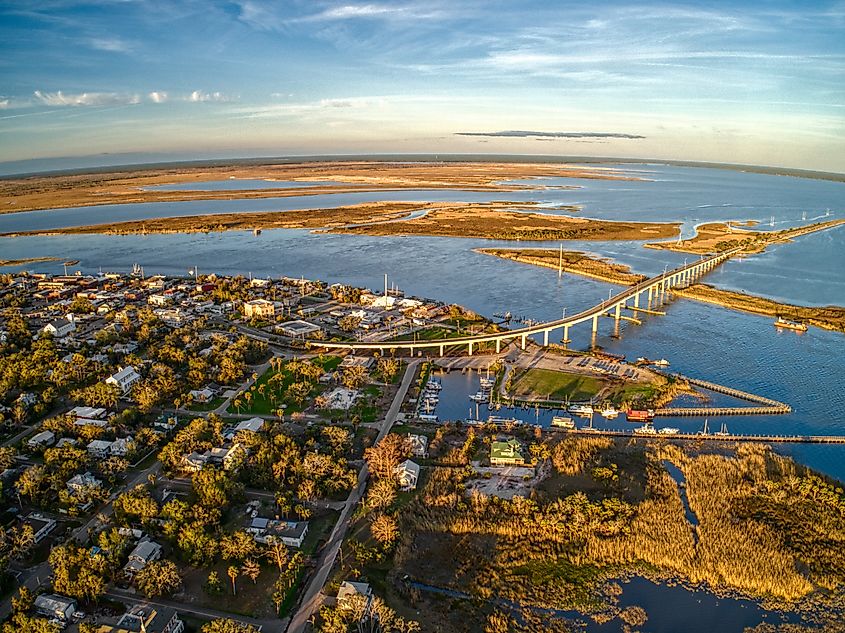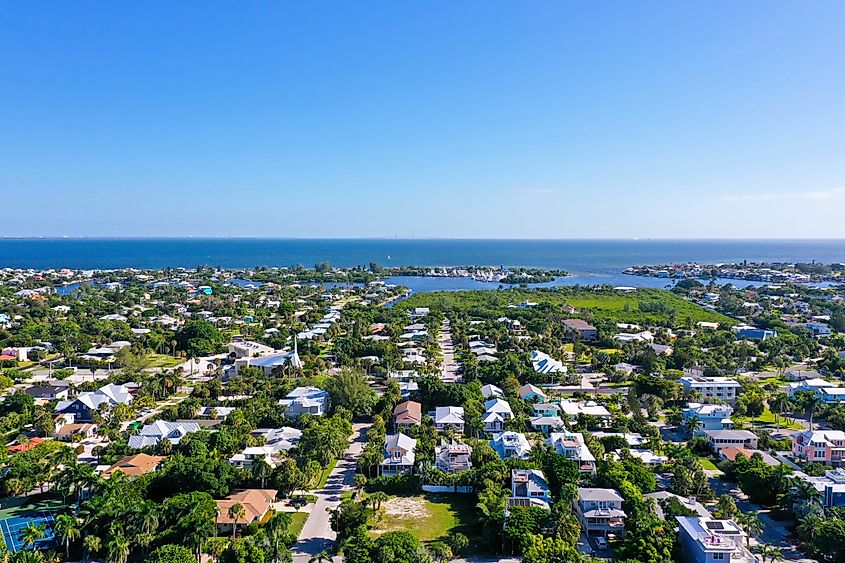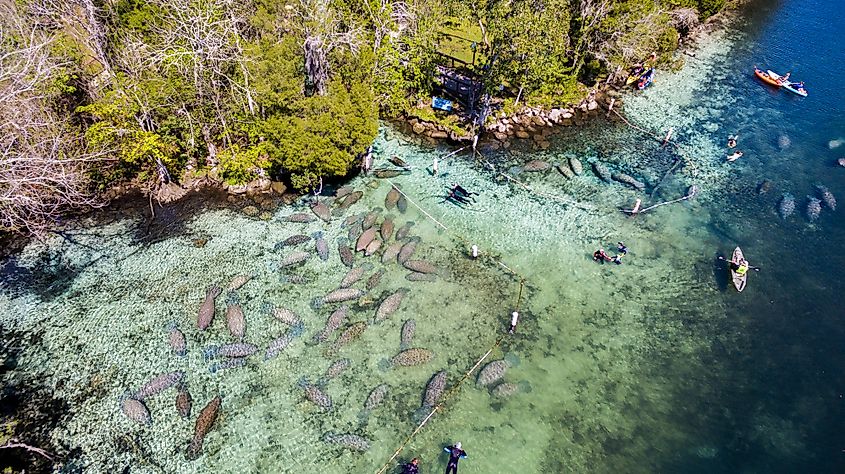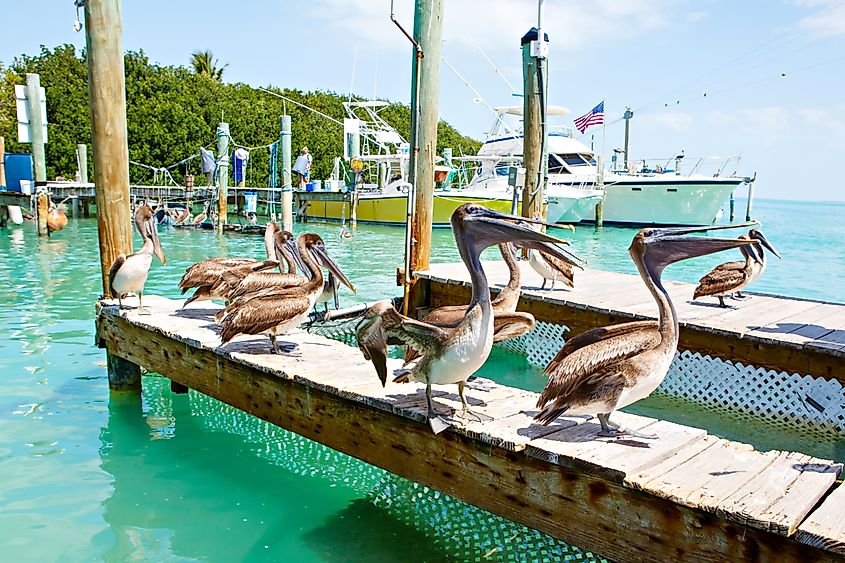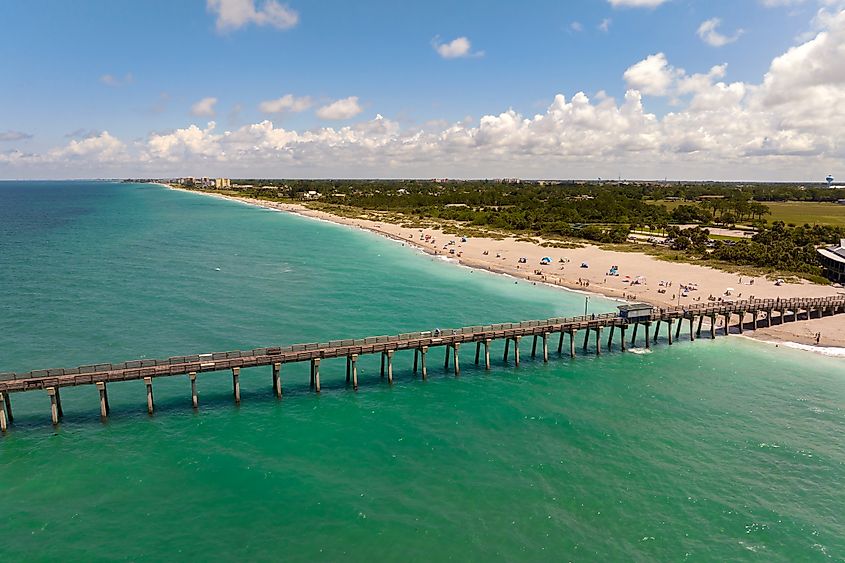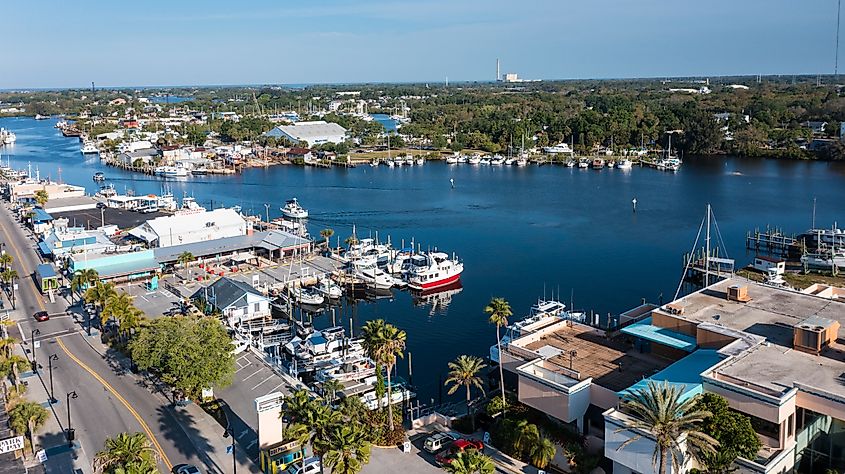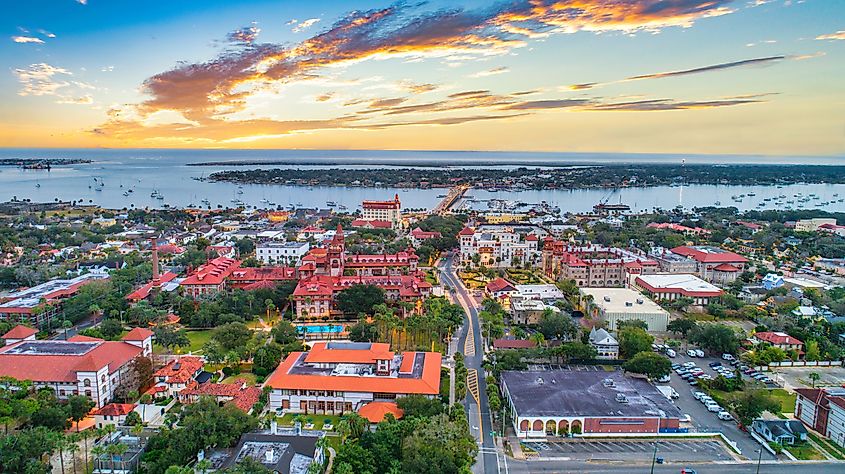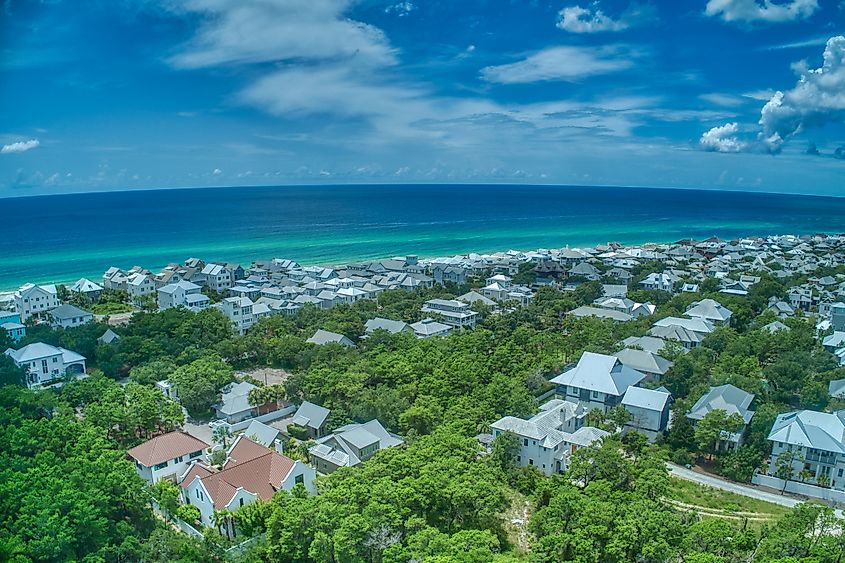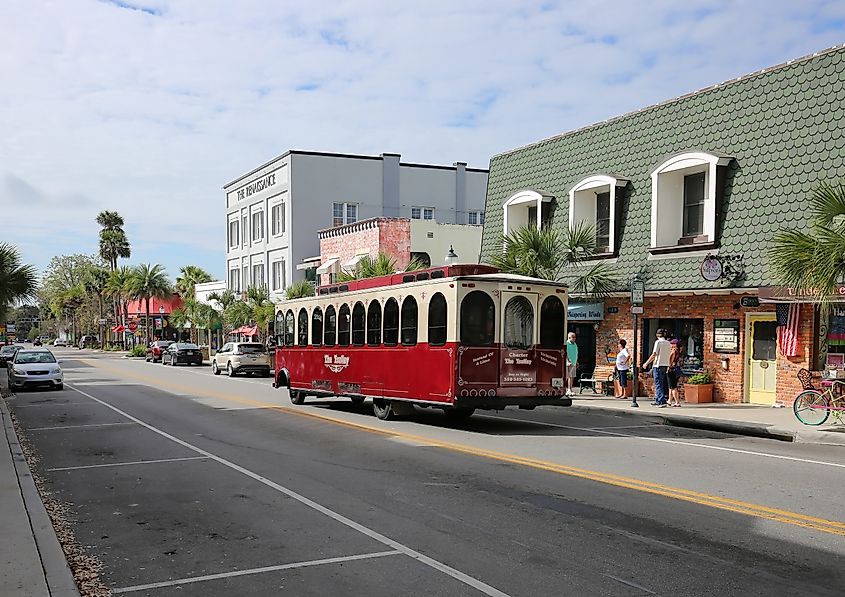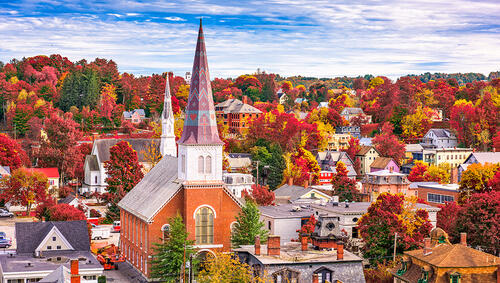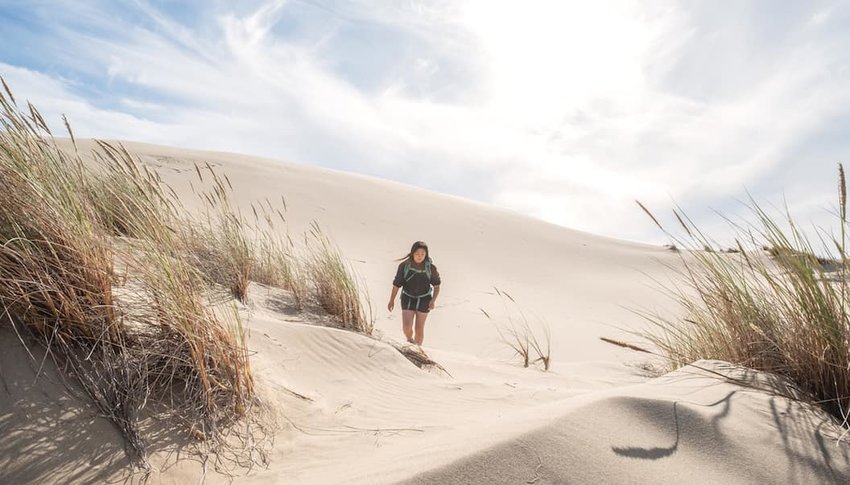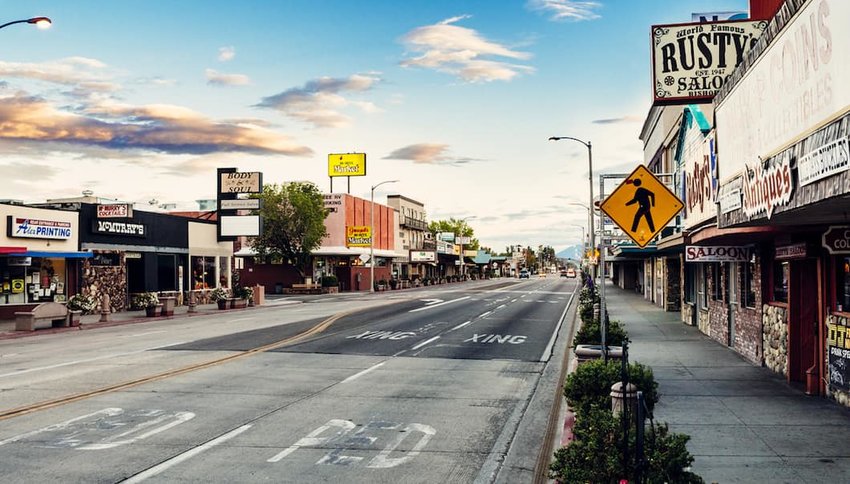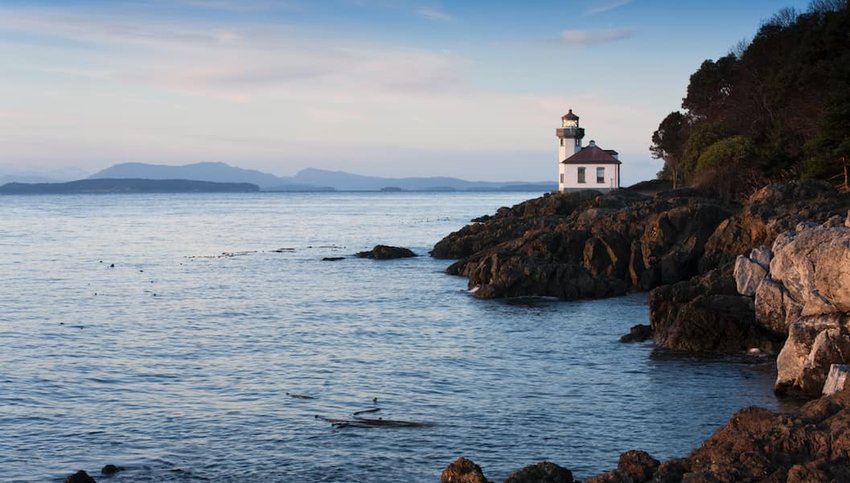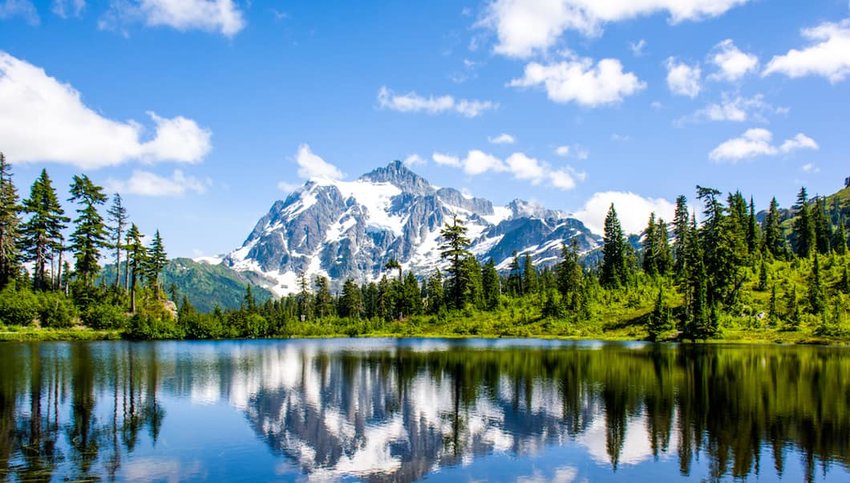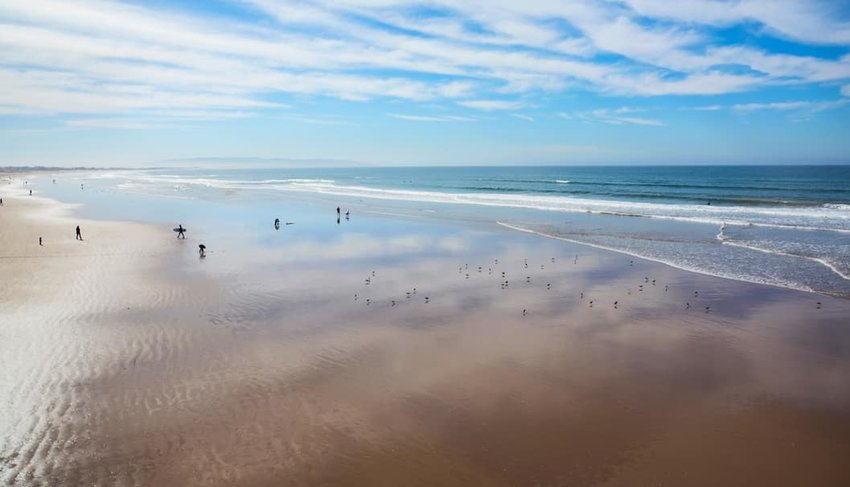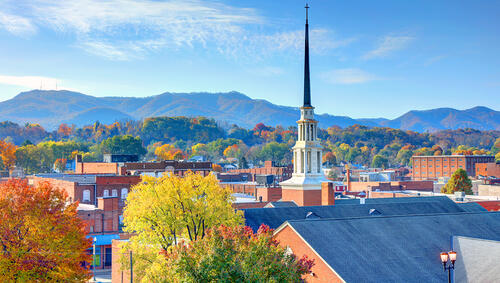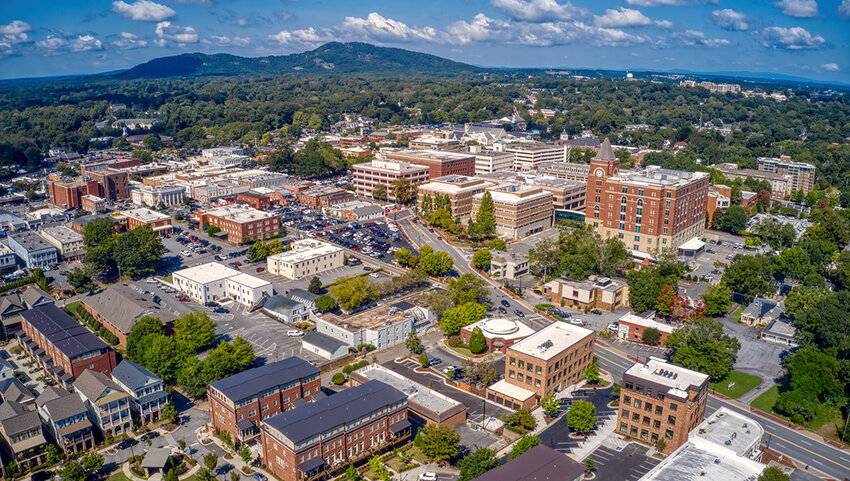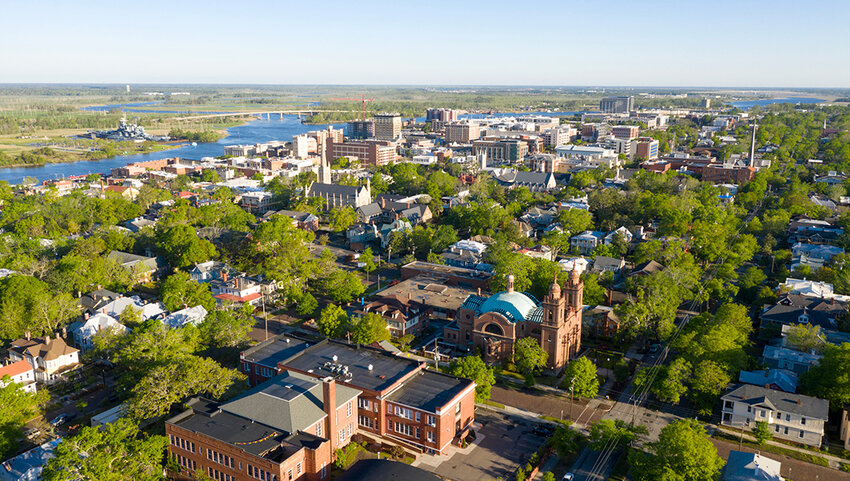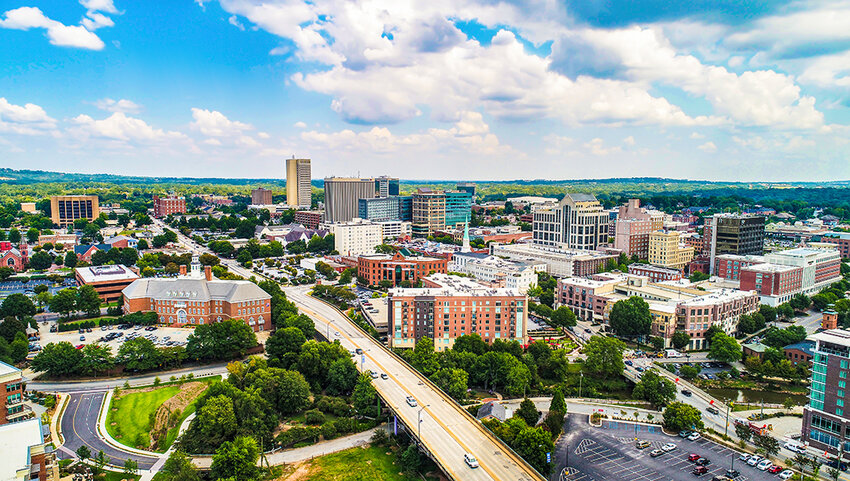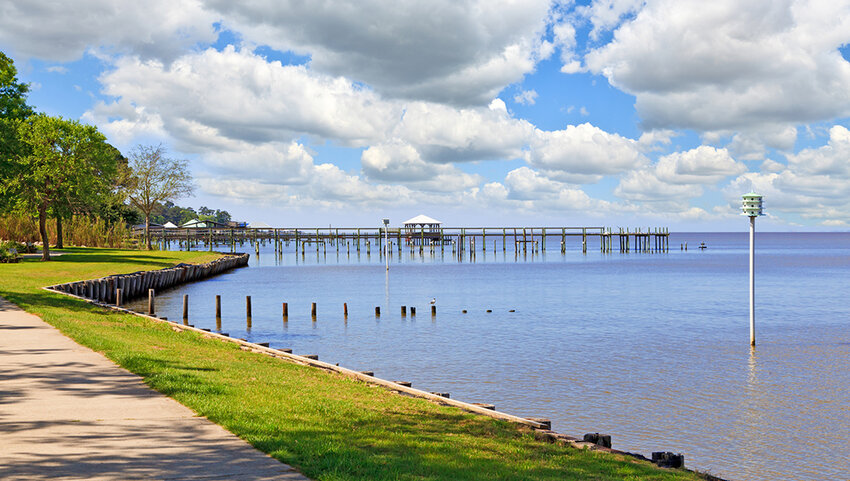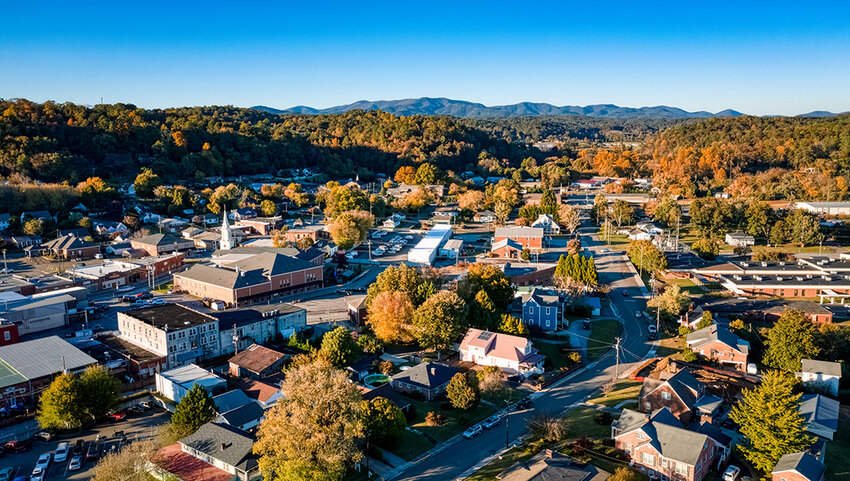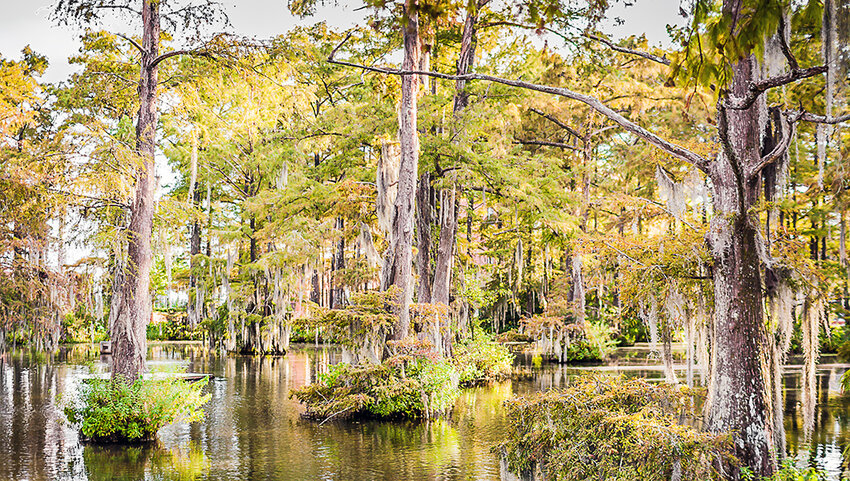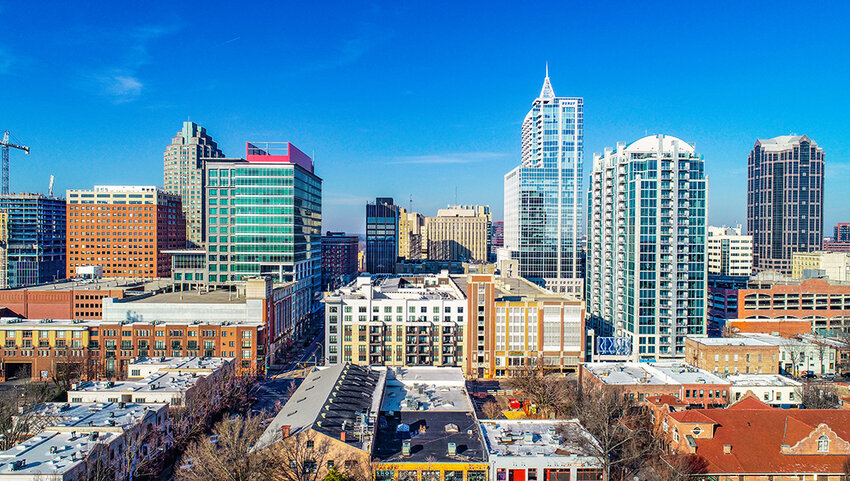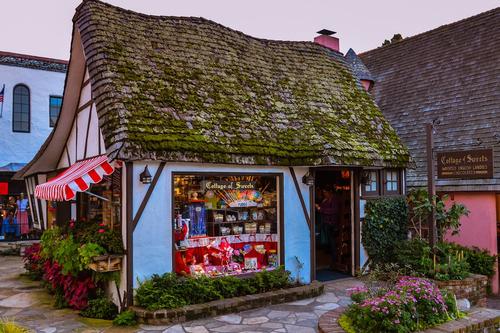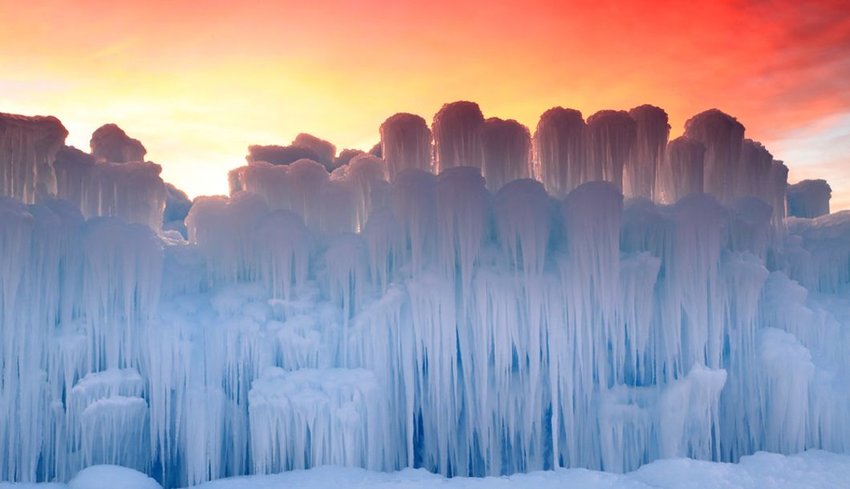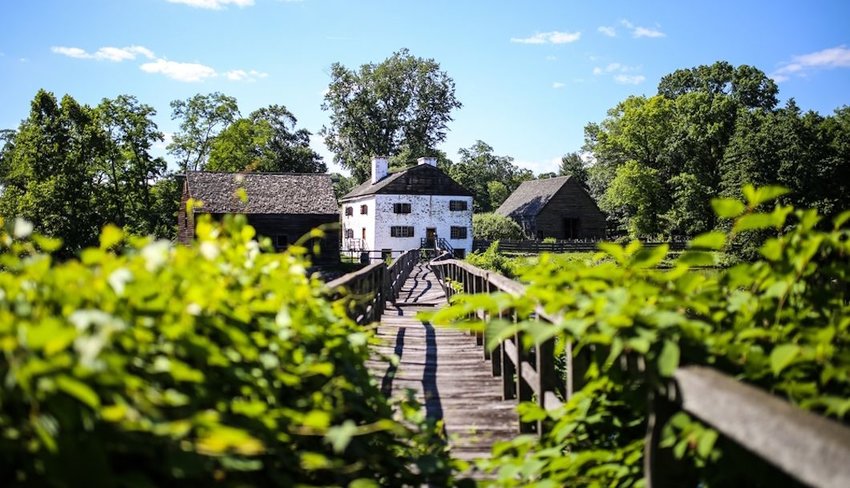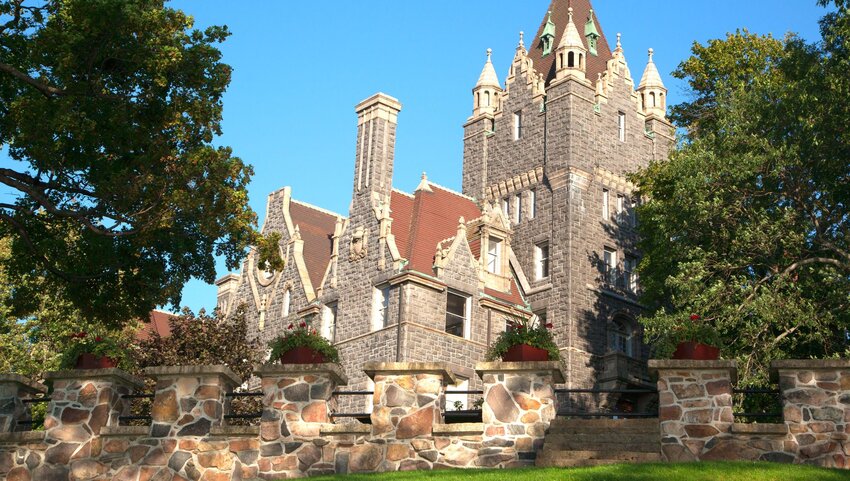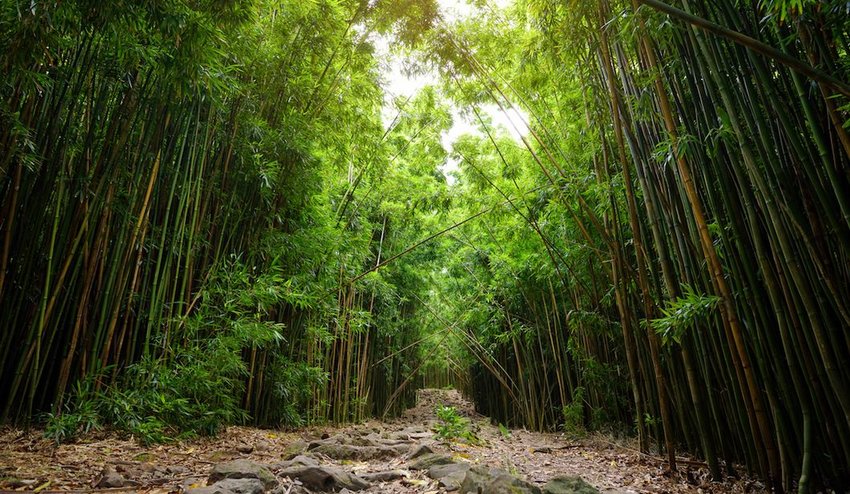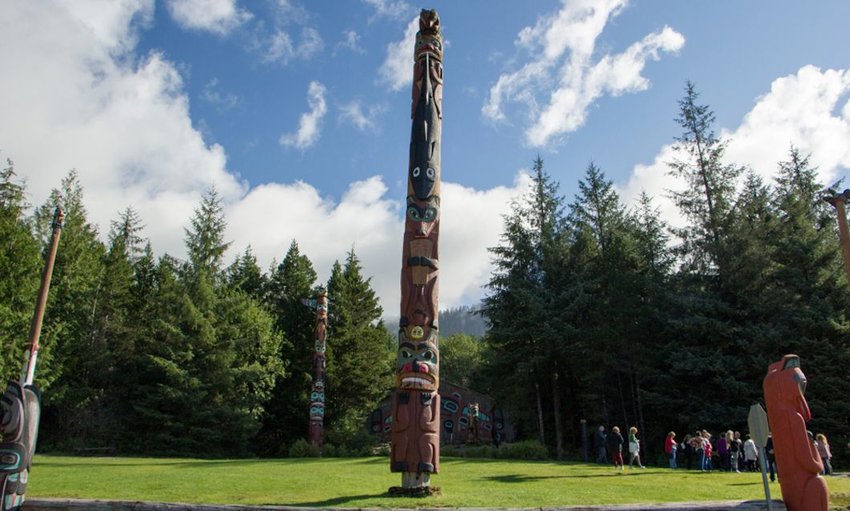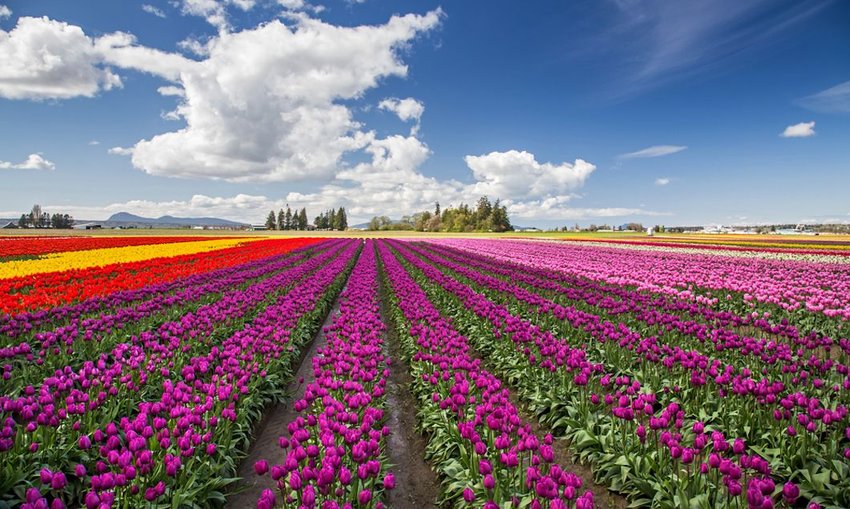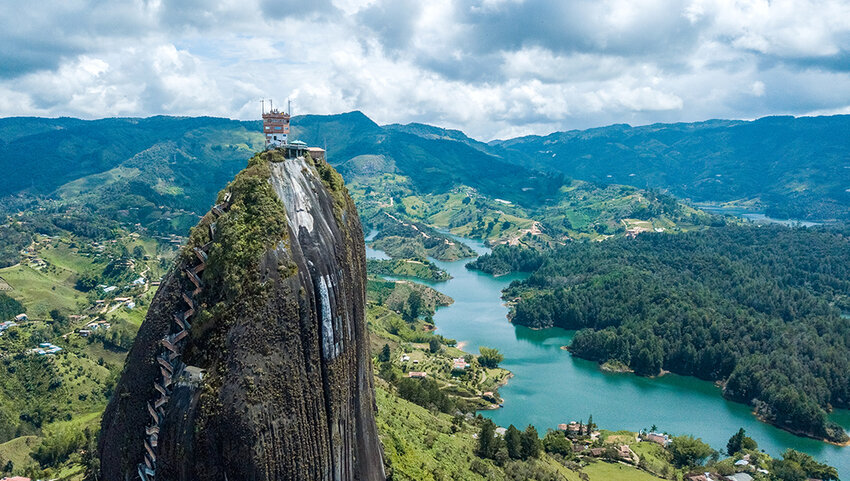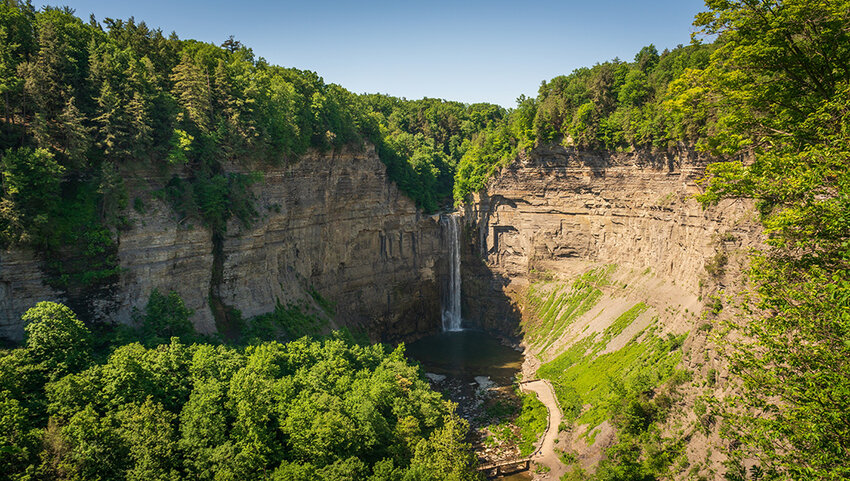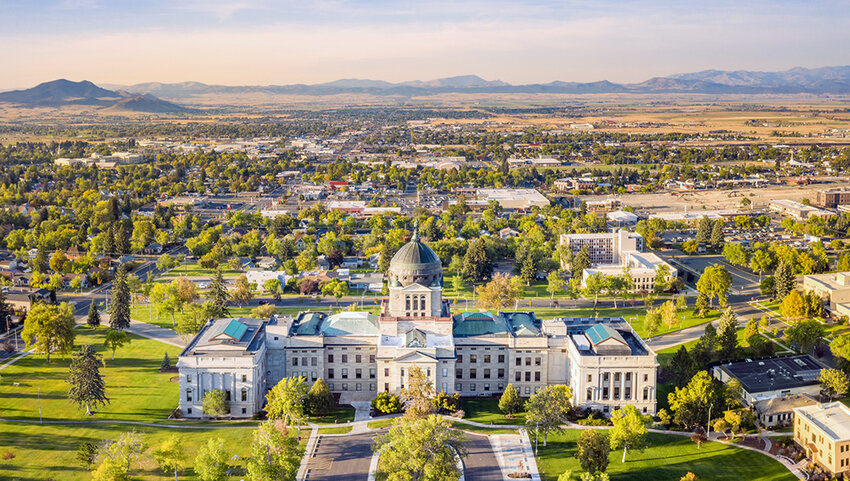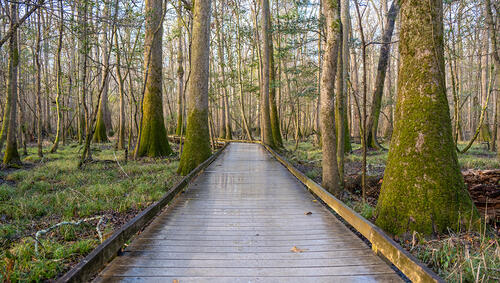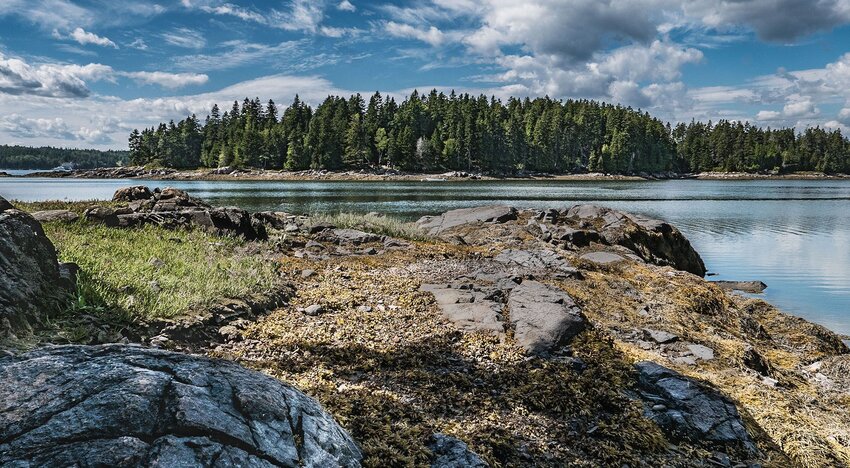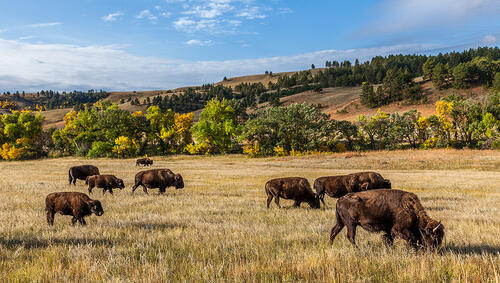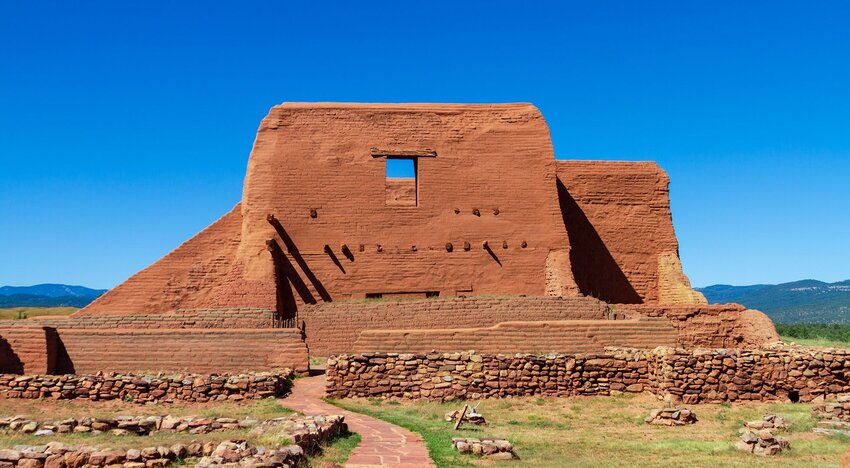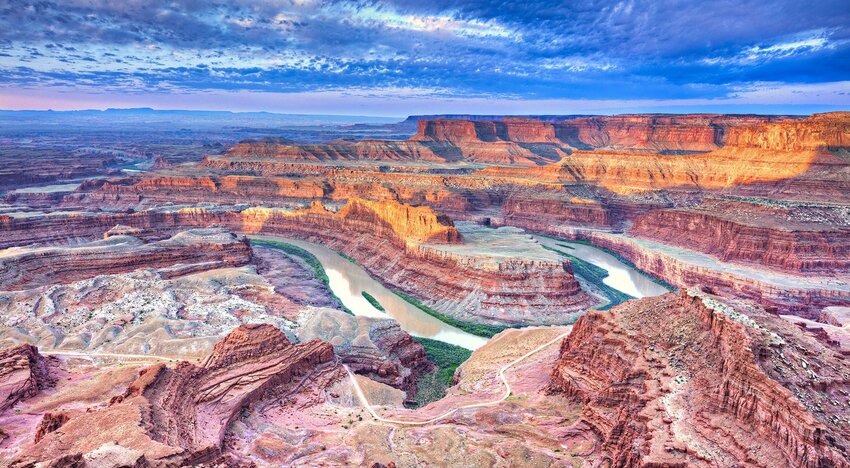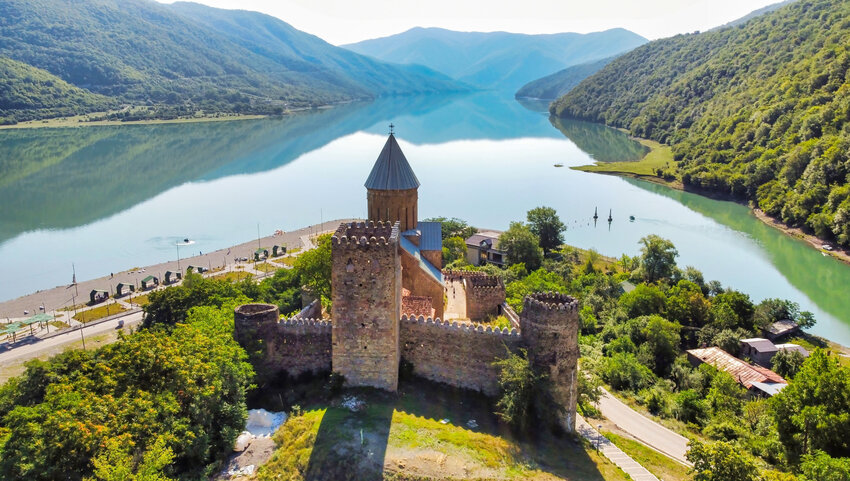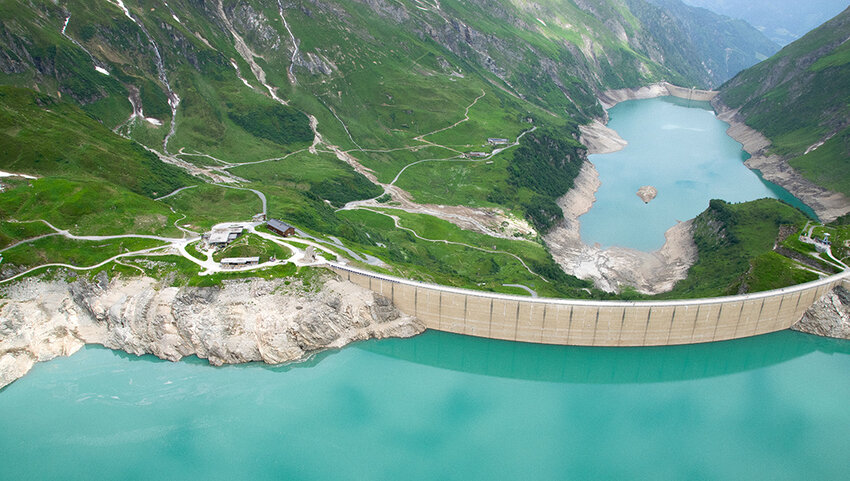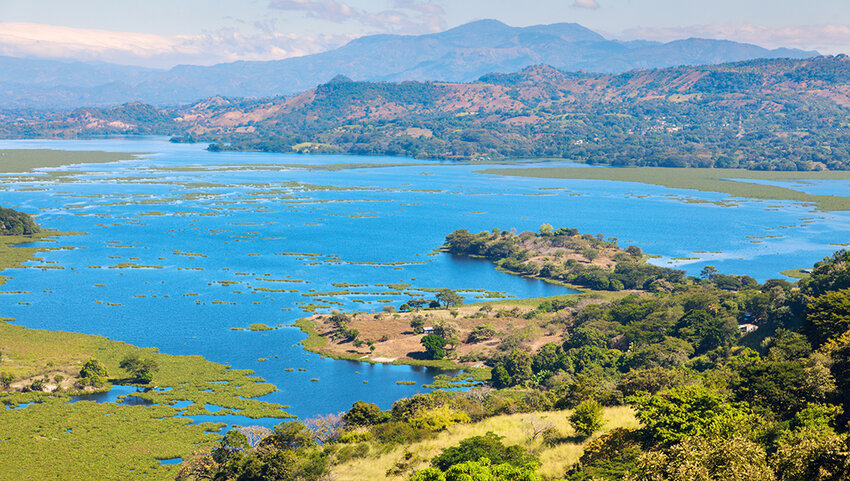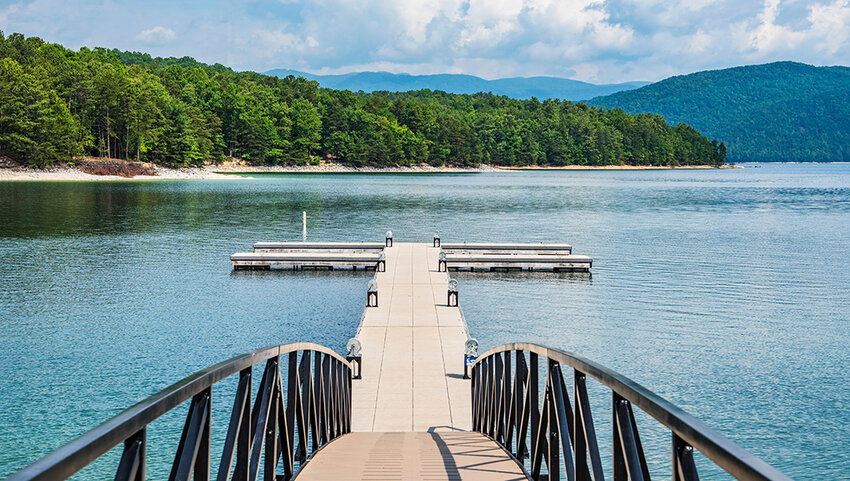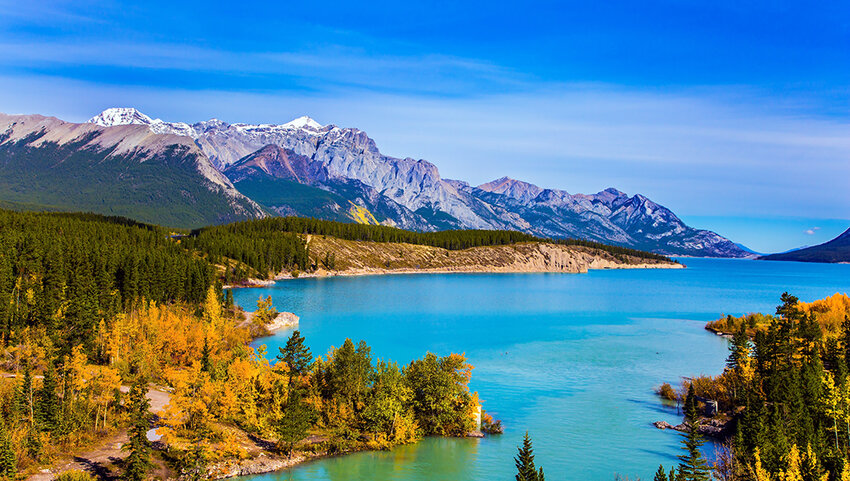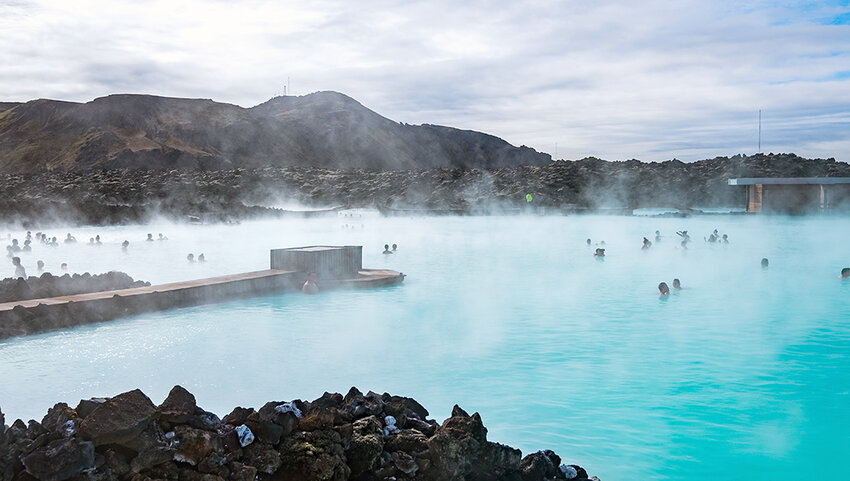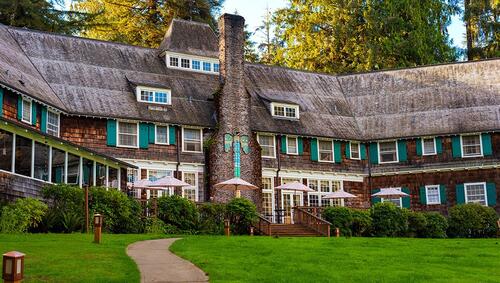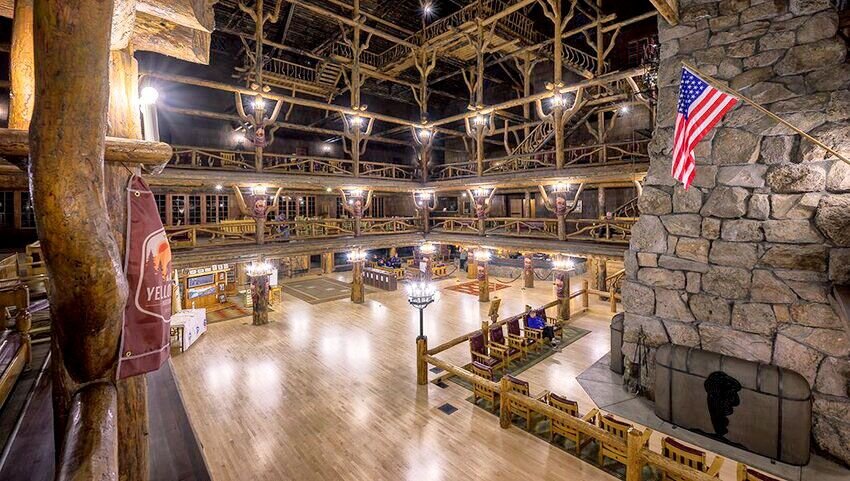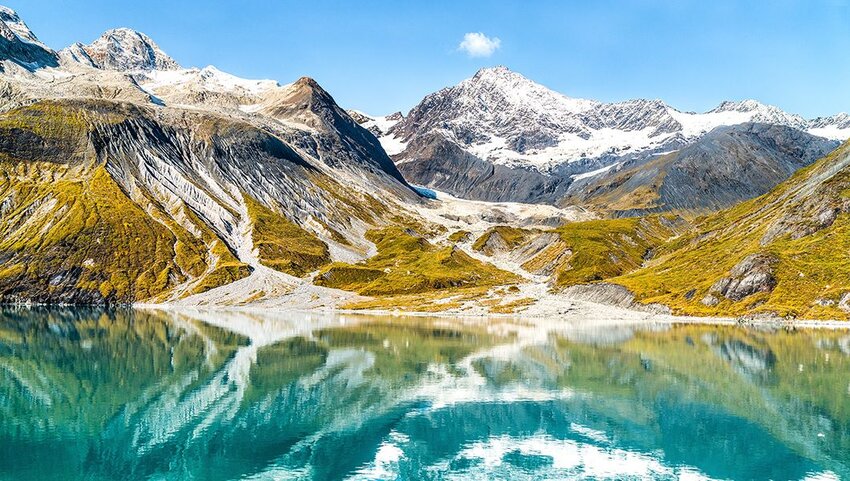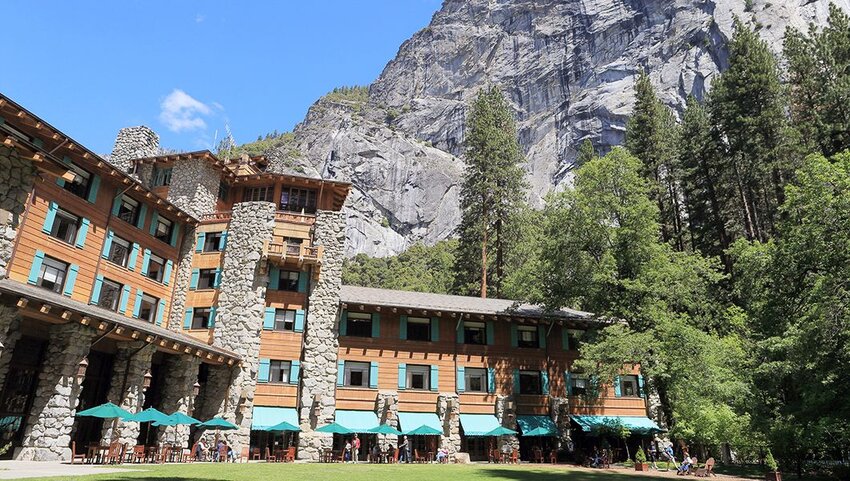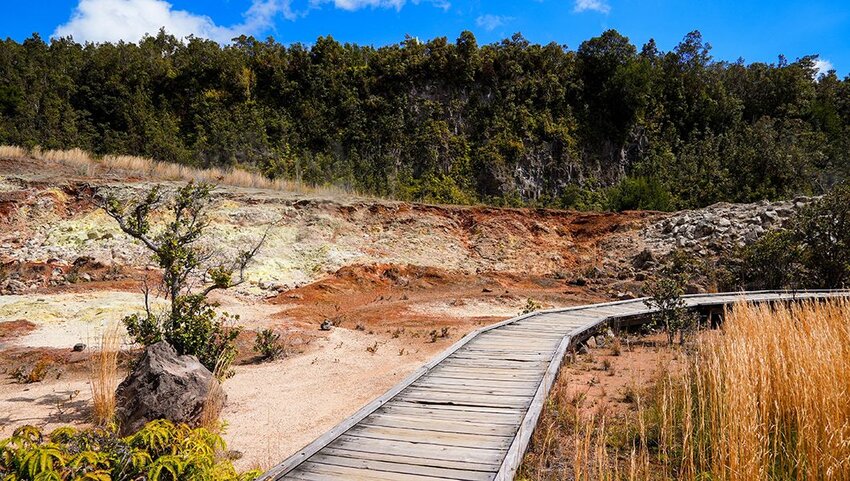Here’s what you need to know before visiting Ichetucknee Springs State Park.
:max_bytes(150000):strip_icc():format(webp)/TAL-leadimage-ICHETUCKNEESP0924-6a7adc47c01646bf9b3594c21ad59b39.jpg)
For all of Florida’s fame as one of the best states for beaches, the Sunshine State’s lush interior has some freshwater wonders worth exploring, too. On a hot summer day (or, let’s face it — in the sultry spring and fall months here, too), there’s nothing I like better for a cool-down than bypassing the busy, sunburnt beaches and loading up the car with my kids to meet with friends at one of the state’s more than 1,000 crystal-clear freshwater springs.
While these natural wonders can be found and enjoyed all over the state, the Florida springs I know and love are found around the towns of Ocala, Gainesville, and Lake City in Central Florida — an easy drive north of Tampa, where I live.
During my college days at the University of Florida, a favorite springtime ritual was to hit the Ichetucknee River and Ichetucknee Springs State Park to go tubing in waters as clear as the Caribbean.
The six-mile-long river is fed by eight major gin-clear springs, and the water stays a constant 72 degrees year-round. Those temps can feel brisk when you first dip in but offer much-appreciated refreshment when the mercury is pushing into the 80s or 90s in Florida, as it does for most of the year.
And I’m hardly the only one in love with this place. “Ichetucknee stands out as one of the most iconic outdoor spots in the state,” said travel and outdoor writer Kevin Mims. “The headsprings and adjacent Blue Hole Spring are both havens for swimmers, snorkelers, divers, or just anyone looking to cool off in the summer months.”
“Add in a classic tubing or paddling adventure on the river and you have a combo that just can’t be beat. It really is one of my favorite trips to take anywhere in Florida,” said Mims.
Between the crystal-clear waters and the canopy of ancient cypress trees hanging over its snaking path through beautiful Florida forest, the scenery feels straight out of a fairy tale.
“It’s a place where time slows down, inviting you to float, explore, and lose yourself in the beauty of nature’s purest escape,” said Konnie Patke, executive director of Florida’s Springlands, the tourism office for Central Florida’s Lake County.
Ready for an Ichetucknee Springs State Park adventure of your own? Here’s what you need to know.
Planning Your Visit
:max_bytes(150000):strip_icc():format(webp)/TAL-swimming-ICHETUCKNEESP0924-014ff896a1b042c39d40633affd56a44.jpg)
Like most of Florida’s beautiful state parks, Ichetucknee Springs State Park welcomes visitors throughout the year and is open from 8 a.m. to sunset, daily. Count on about 2.5 hours to get here if you’re driving from Orlando International Airport (roughly 155 miles away) and a touch longer from Tampa International Airport (157 miles away). Jacksonville International Airport is even closer at just 1.5 hours (92 miles) away, and if you’re flying into tiny Gainesville Regional Airport, the park is just a 50-minute (38-mile) drive away.
If you’re planning to go tubing, make sure you put the park’s south main entrance, along Highway 27, into your GPS, as that’s where all tubes and other watercraft are permitted to launch from. There’s limited parking at the park’s north entrance, but this is where you should head if you plan to just picnic and hike or if you wish to swim, snorkel, or scuba dive in the beautiful waters of Blue Hole Spring, where 67 million gallons of water are pumped up from the ground every day.
Most visitors arrive at the park in a private or rental car. Admission costs $6 per vehicle for between two and 8 passengers. If you’re driving here solo, it’s just $4 to enter. Pedestrians and bicyclists get in for just $2 a person.
While the park stays open until sundown, access to the river put-in points closes between 3 p.m. and 5 p.m., depending on which launch point you choose. All tubers are required to be off the river by 6 p.m.
When it comes to the best times to visit the park, the summer months tend to be the busiest but are also the most comfortable for floating in the chilly water since the air temperature is nice and warm.
To avoid crowds, plan to visit outside of that time, suggests Patke. “For those looking to swim and paddle, the spring and fall can be much quieter and see less crowds,” she said.
Amenities here are pretty standard for Florida state parks and include picnic areas with shaded benches and grills for barbecuing. A concessionaire within the park called Paddling Adventures rents tubes and lifejackets, and there’s a dedicated launch area in the river for canoes, kayaks and paddleboards.
There’s also a general store at the park’s south entrance selling hot and cold foods that include burgers, wraps, salads, sandwiches, and ice cream as well as water and other accessories like sunscreen, t-shirts, and paddling and swimming supplies. A food truck is sometimes parked onsite at the park’s north entrance near the playground and swimming area, but don’t count on it being there (so don’t come hungry, just in case).
Accessible amenities at the park include a chairlift for accessing the head spring at the north entrance, wheelchair-accessible picnic tables and grills, and wheelchair access on the tram for tubers.
Showers are available at bath houses at the park’s north and south entrances for rinsing off at the end of the day.
Things to Do
:max_bytes(150000):strip_icc():format(webp)/TAL-kayaking-ICHETUCKNEESP0924-b0bb8f8366be457a870d001acd905149.jpg)
It’s easy to spend an entire day enjoying Ichetucknee Springs State Park, even if a tube run along the spring (see the next section for more info on that) isn’t your main mission.
Paddling
While tubing is the most popular water sport at the park during the summer months, you’ll find canoers, kayakers, and stand-up paddleboarders moving quietly through these calm waters all year round. You can rent equipment at the park’s concessionaire, where you can also arrange tram transport to retrieve you further downstream and bring you back to the south entrance parking lot.
Wildlife Viewing
“Those that float down the river will see various species of turtle, fish, birds, and even manatees and river otters,” Patke said. “The river is bordered by forests of oak, cypress, maple, and pine. The setting is true, natural Florida and because of this, there are alligators present.”
In my scores of times tubing the river here, I’ve never seen an alligator, but it’s best not to venture into the thick plants lining the river, just in case.
“While most wildlife has little interest in humans, it is advised to not feed, approach, or attempt to frighten these animals,” said Patke.
Swimming
You have a few options for going for a dip at the park. If I’m not planning to go tubing, I always head for the park’s north entrance to dip into the headspring, where the freshwater bubbles up from deep in the Florida aquifer, and the water’s depths reflect incredible shades of blue and green. I also like swimming at Blue Hole Spring here, a short walk through the forest downstream. But keep in mind that the waters are deeper here (bottoming out at about 32 feet, where a long underground cave draws divers). Currents can be stronger here, too, so it’s not a place to go with young kids or weak swimmers.
All swimmers on the Ichetucknee River itself, outside of the spring heads, are required to have a flotation device with them for safety.
Scuba Diving
:max_bytes(150000):strip_icc():format(webp)/TAL-scuba-diving-ICHETUCKNEESP0924-8a3ee6f4af9a458c87b207afec05e863.jpg)
The visibility is pretty much endless for certified scuba divers who descend into the gorgeous waters here, even if the marine life is limited to gar, catfish, turtles, and the like. Walk the half-mile trail from the headspring with your gear to scuba dive at Blue Hole Spring (most divers refer to this spring as Jug Spring; bring a cart or wheelbarrow along to lighten the load). Only cavern- or cave-certified divers are permitted to enter the spring vent due to the extreme risk of getting disoriented in the darkness inside. Swimmers and free divers should steer well clear of the entrance.
Hiking
Hikers head to the north entrance of the park to access three easy trails. The Blue Hole Trail is just half a mile long and an easy meander through the forest and cypress floodplain to Blue Hole Spring. A touch longer, the Trestle Point Trail has beautiful views as it follows the Ichetucknee River along a route used in the 1900s when phosphate was mined in the area. For a longer walk, opt for the two-mile loop called the Pine Ridge Trail to see interesting sights like sandhill ecosystems where longleaf pine trees rise. You’ll want to bring plenty of water, bug spray, and sunscreen.
Tubing at the Park
:max_bytes(150000):strip_icc():format(webp)/TAL-tubing-ICHETUCKNEESP0924-e6bad0d1bc974571959cb0e89a8782ca.jpg)
Particularly during the warmest months of the year, renting a tube to float down the Ichetucknee River is the most beloved activity at the state park. You can bring your own tube if you have one, but it can’t be bigger than 60 inches in diameter or contain glitter, confetti, or other materials that are damaging to the environment.
While the shallow northern part of the river is closed to tubers, you can enter the water to tube from Midpoint or Dampier’s Landing (accessed via the south main entrance of the park) all year round. Be sure not to bring disposable items like plastic bags, plastic water bottles, and the like. Alcoholic beverages are also prohibited on the river.
Tubes and life jackets are available for rent from the park’s concessionaire, and you can head to the General Store, also at the south entrance, for tram schedules for the transport from the end of the tube run back to the south entrance parking area. Make sure you purchase a wristband if you plan to ride the tram back before setting off.
If you put in at Midpoint Landing (accessed by walking with your tube about .65 miles from the rental area), it’s roughly an hour’s float to Dampier’s Landing, depending on the flow rate. From there, you can exit the water to walk a quarter-mile back to the parking lot at the south entrance or choose to continue floating for another hour onward to the final take-out point (from there, catch the tram service or walk roughly half a mile back to the parking lot). Alternatively, follow a trail from behind the concessionaire’s building roughly a quarter of a mile to the river and Dampier’s Landing for a shorter float of roughly an hour to the final takeout point. Remember that float times vary with the flow rate of the river, which can change according to weather conditions and other factors throughout the year.
Wildlife and Nature
:max_bytes(150000):strip_icc():format(webp)/TAL-wildlife-ICHETUCKNEESP0924-847d8567401e4275a6a74cd13ead5b2b.jpg)
You’re exploring the real and wild Florida here, so you never know what you’ll see. Bringing a snorkel mask or goggles to peer beneath the river’s surface and spot passing garfish, diving birds, and turtles is fun. Florida manatees can sometimes be seen in the Ichetucknee River during the winter months, from October through March, when they arrive to feed on pastures of eelgrass and birth their calves in the calm and protected waters.
Other Florida wildlife you may get lucky enough to spot in the area include softshell turtles, wood ducks, gopher tortoises, wild turkeys, and perhaps even the elusive and endemic Bachman’s sparrow.
Alligators and snakes also dwell in the park, but it’s rare to see alligators in the river since they tend to be shy and the water is cooler than they prefer. That said, be aware that alligators can always be present in any freshwater area in Florida.
Tips for Visiting
Plan to arrive early if you’re visiting over the weekend or during the busy summer months and public holidays, all of which tend to draw large groups looking to tube. “The state park does have daily limits on the number of paddlers and tubers, and making a reservation ahead of time is highly recommended,” said Patke.
Leave your radios and waterproof speakers at home; the goal is to relax in nature here, and such items are prohibited on the water.
Coolers and backpacks are also prohibited on the river. To stay refreshed, I always bring a reusable water bottle along with me and a carabiner to attach it to my tube’s handle.
Pop by the visitor center — or better yet, call ahead of your visit — to see what sort of special programming might be happening during your visit. You might find programs like moonlit paddles, guided history tours, and even story time and pancake feasts with the rangers.
To kick off the year on a fun note, every New Year’s Day at the park features guided hikes with rangers along the Pine Ridge and Trestle Point trails.
October is one of my favorite times to visit the park (after the crowds of summer are gone). It usually ushers in cooler weather and is a great time to see native wildflowers in bloom here, too, particularly along the sandy floor of the Pine Ridge Trail.


 Facebook
Facebook
 X
X
 Pinterest
Pinterest
 Copy Link
Copy Link

